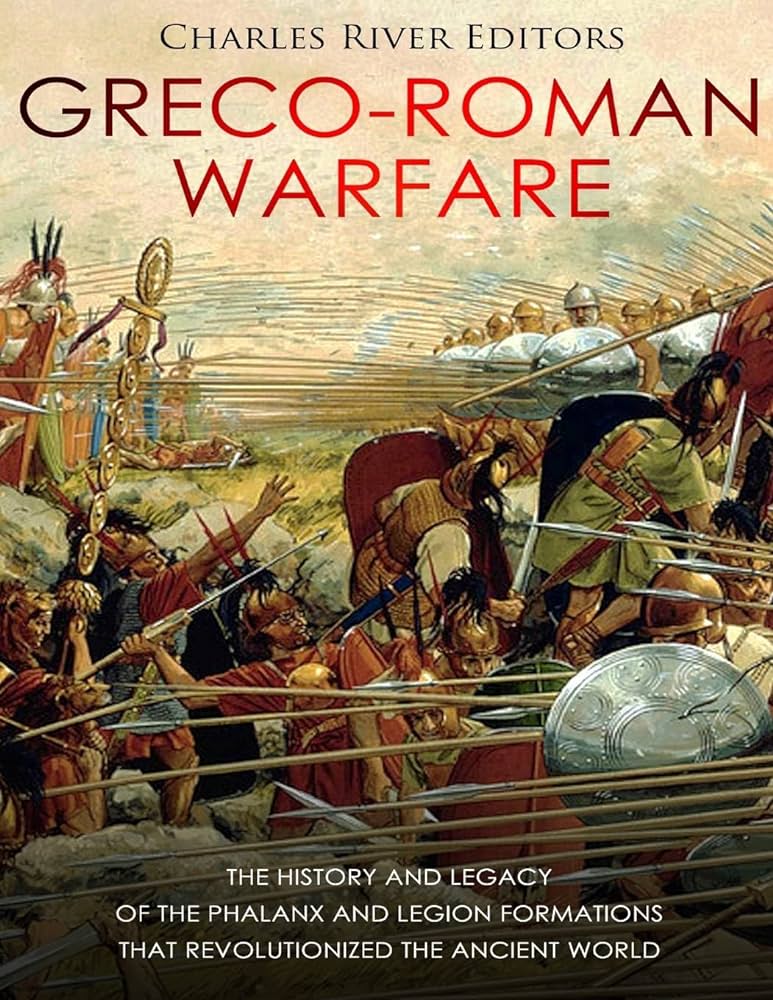From the phalanx to the legion, the evolution of ancient military formations illustrates the ever-changing nature of warfare. The phalanx, known for its unity and strength, was dominant on flat terrain but vulnerable to flanking attacks. In contrast, the legion, with its versatility and adaptability, marked a shift towards more flexible formations. As warfare continued to evolve, new technologies and tactics shaped military formations and strategies. Despite being ancient, the lessons learned from these formations still influence modern military operations. Understanding the evolution of ancient military formations provides valuable insights into the complexities of warfare throughout history.
From Phalanx to Legion: Evolution of Ancient Military Formations
Introduction
In the ancient world, military formations were crucial for ensuring the success of armies in battle. Two of the most well-known formations from that era were the phalanx and the legion. These formations evolved over time, reflecting changes in warfare, tactics, and technology. In this article, we will explore the evolution of these ancient military formations and how they influenced the outcome of battles.
The Phalanx: A Formation of Unity and Strength
The phalanx was a formation used by the ancient Greeks, most famously by the Spartans. It consisted of heavily armed infantry soldiers standing shoulder to shoulder, with their shields overlapping to form a solid wall of protection. The soldiers would advance in unison, presenting a formidable front to their enemies.
The key to the success of the phalanx was its unity and discipline. Soldiers had to trust and rely on their fellow comrades to hold the line and protect each other. This formation was particularly effective in close combat situations, where the sheer weight and strength of the phalanx could overwhelm opponents.
The phalanx was most effective on flat, open terrain where it could advance in a straight line. However, it was vulnerable to attacks from the flanks and rear, as it was difficult to maneuver and lacked flexibility. Despite these limitations, the phalanx was a dominant formation in ancient warfare for centuries.
The Legion: Versatility and Adaptability
The legion was a formation used by the ancient Romans, known for its versatility and adaptability. Unlike the phalanx, which relied on sheer strength and unity, the legion was structured to be more flexible and maneuverable on the battlefield.
A Roman legion was comprised of different types of soldiers, including infantry, cavalry, and archers. It was organized into smaller units called cohorts, each with its own command structure and tactical capabilities. This allowed the legion to respond to different situations and enemy tactics effectively.
One of the key strengths of the legion was its ability to outflank and outmaneuver opponents. Roman soldiers were trained to fight in a variety of formations, such as the testudo (tortoise) formation for protection against missile attacks, or the wedge formation for breaking through enemy lines.
The legion was also known for its discipline and training. Roman soldiers underwent rigorous physical conditioning and combat drills, ensuring that they were well-prepared for battle. This level of training and organization set the Roman legions apart from their adversaries and contributed to their success on the battlefield.
The Evolution of Ancient Military Formations
Over time, military formations continued to evolve and adapt to changing circumstances. The phalanx gradually fell out of favor as warfare shifted towards more open, mobile battles. The legion, with its versatility and adaptability, became the dominant formation in the ancient world.
The evolution of ancient military formations was influenced by various factors, such as changes in technology, tactics, and training. The development of new weapons, such as siege engines and cavalry, required armies to rethink their formations and strategies. The rise of professional armies led to more structured and disciplined units, like the Roman legions.
As warfare continued to evolve, military formations underwent further changes. The rise of gunpowder and firearms in the Middle Ages led to new formations and tactics, such as the pike and shot formation. The Industrial Revolution brought about new weapons and technologies, which further transformed military formations.
Conclusion
From the phalanx to the legion, ancient military formations played a crucial role in shaping the outcome of battles and conflicts. Each formation had its own strengths and weaknesses, reflecting the unique challenges and strategies of warfare in that era.
The phalanx represented unity and strength, while the legion symbolized versatility and adaptability. The evolution of these formations over time reflects the changing nature of warfare and the innovations that drove military strategy forward.
While ancient military formations may seem outdated in the modern era, their influence can still be seen in contemporary military tactics and strategies. The lessons learned from the phalanx and the legion continue to inform military operations and decision-making today.
